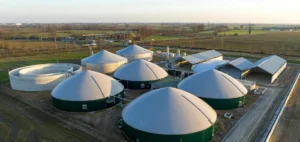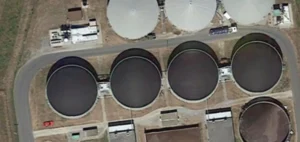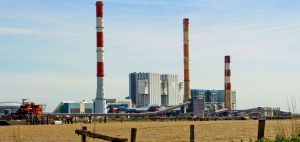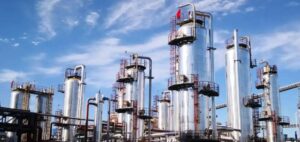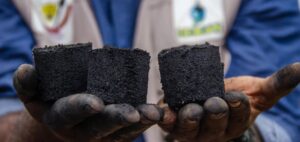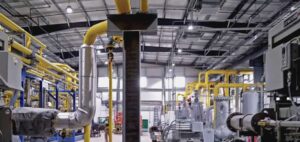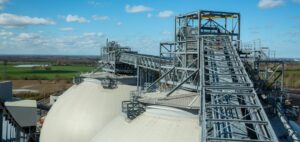Brazil, a major player in biodiesel production, is at an important regulatory crossroads. Recently, the National Agency for Petroleum, Natural Gas and Biofuels (ANP) approved the use of imported biodiesel in the mandatory blend with diesel A, currently set at 12% and set to rise to 13% from next April. This decision, formalized in Resolution 962/2023, follows on from Resolution 14/2020 of Brazil’s National Energy Policy Council, which already authorized imports for own consumption or experimental use.
Impact on the market and local players
The implications of these new regulations are many and complex. Imported biodiesel is not expected to exceed 20% of the total blended domestically, a market currently based on spot transactions. However, this opening up to imports comes at a time when Brazil has significant unused production capacity, divided between 61 authorized producers. According to ANP data, nominal biodiesel production capacity in Brazil was around 13.70 million cubic meters last year, but actual production was just over 6.20 million cubic meters.
Impact on local industry and prices
The prospect of an increase in the mandatory proportion of biodiesel in diesel A to 1% a year until it reaches 15% in 2026, raises questions about the impact of imports on local industry. Market participants, including fuel distributors and traders, are analyzing the potential risks to their businesses following the publication of this resolution. The arrival of imported biodiesel could introduce a new price and competition dynamic, potentially affecting market liquidity.
Benefits for Argentina and logistical issues
Argentina, as a major biodiesel producer, seems to be the main beneficiary of this regulation. Argentine products could have a greater impact in Brazil’s southern states due to logistical considerations. Imports from Argentina should improve from April onwards, coinciding with the country’s soybean harvest and the consequent increase in crushed volumes. Soybean oil is the main raw material for Argentina’s biodiesel industry.
Reaction from Brazilian industry
The Brazilian biodiesel industry, particularly the soybean oil sector, is reacting with suspicion to the ANP’s approval of imported biodiesel. André Nassar, Executive President of the Brazilian oilseed crushers’ association Abiove, points out that the price of Brazilian biodiesel is currently more competitive than that of imports, and that there is no shortage of the product. However, this decision could have a “negative impact” on local production.
Outlook for Brazilian Industry
Against the backdrop of the increase in the mandatory proportion of biodiesel in diesel A from April onwards, S&P Global estimates that Brazilian biodiesel production will reach 7.68 million tonnes in 2024, up 14.5% on 2023. On the raw materials front, the scenario looks favorable for the Brazilian biodiesel industry. Brazil is likely to repeat a historic soybean harvest of 158 million tonnes in the 2023-24 marketing year (February-January), with crushed volumes expected to rise by 3.7% to an all-time high of 56.10 million tonnes. Brazilian soybean oil production could reach a record 11.30 million tonnes in MY 2023-24, up from 10.70 million tonnes in MY 2022-23, with 5.26 million tonnes of this edible oil likely to be used for biodiesel production, an increase of 14% over the year, according to S&P Global forecasts. Soybean oil is the main feedstock for the Brazilian biodiesel industry, accounting for over 70% of all raw materials used in the production process, according to ANP data.
Brazil’s decision to allow the import of biodiesel in its mandatory blend raises critical questions about the balance between supporting local industry and promoting market competitiveness.


